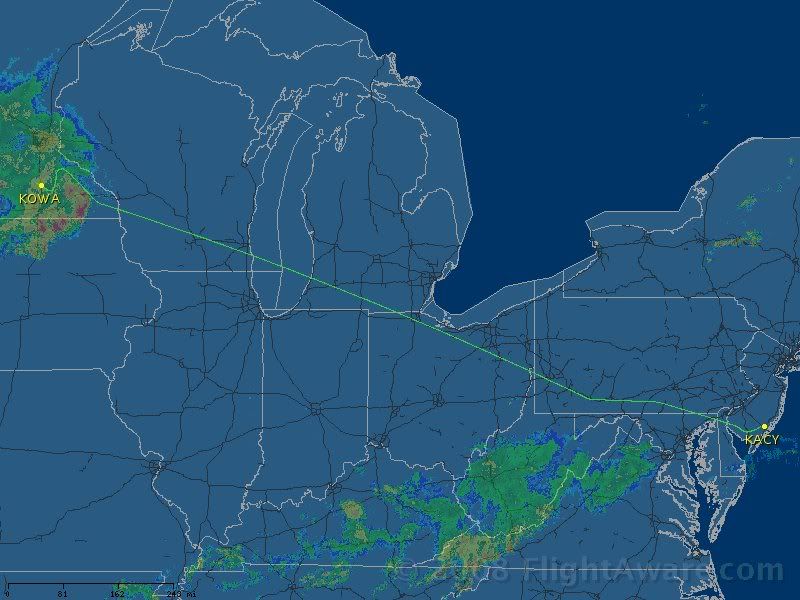NTSB: Plane hit antenna off the end of runway
By LIZ FEDOR, Star Tribune
August 2, 2008
The right wing of the Raytheon Hawker 800 jet involved in Thursday's fatal crash at the Owatonna airport hit an antenna about a thousand feet past the end of the runway after the pilot tried to land the plane, a federal official said Saturday.
"The antenna stands about 8 feet high and straddles the width of the runway," said Steven Chealander, a board member for the National Transportation Safety Board (NTSB), the federal agency investigating the crash.
Chealander said a dozen NTSB investigators are remaining in Minnesota, as they continue to gather evidence to help them determine what caused the crash.
He said in an interview that they have recovered a third device -- which monitors the plane's proximity to the ground -- that could give them some additional clues.
But on Saturday he revealed more details about how the crash unfolded.
"We have witness accounts that it did touch down and [the pilot] was trying to land and during the landing roll out, for some reason they made a decision to try to take off and get airborne again," he said.
But the NTSB official said the plane instead ran off the end of the runway, traveled through a grass field and struck an antenna, which is part of the instrument landing system at the Owatonna airport.
"The airplane was still on the ground when it hit that antenna, and the accident sequence began at that point and [the plane] ended up in that cornfield," he said.
The two pilots and six passengers on board the charter flight all died from their crash injuries. The passengers were flying from Atlantic City, N.J., for a business meeting at an Owatonna glass manufacturing company.
There were strong winds and storm systems in southern Minnesota prior to the accident, but Chealander cautioned Saturday that it is too early to reach any conclusions about the accident.
"We are looking at all aspects of the flight, not just focusing on any one thing," he said.
On Monday, NTSB representatives will gather in a lab in Washington D.C. to dissect what was captured on the cockpit voice recorder. Shortly after the crash, they also recovered the flight management computer.
Chealander said Saturday that investigators found a box late Friday afternoon that contains the "enhanced ground proximity warning system." Essentially, it warns pilots about their distance from terrain.
Honeywell manufactured the product. "Honeywell will take the box to one of their laboratories and determine whether or not it has any memory trace or trail in it that we can use," he said.
Staff members from the Federal Bureau of Investigation, who are mapping the crash debris on site, and the Federal Aviation Administration are working with the NTSB. Chealander said three witnesses were interviewed in Minnesota on Friday and another witness was scheduled for an interview on Saturday.
In addition, the NTSB is talking to people on the ground in Atlantic City and in Allentown, Pa., where the pilot crew was based. Information also is being gathered from air traffic controllers and the National Weather Service.
Chealander said he's confident that the NTSB will pinpoint the cause or causes of the crash, but a final report won't be issued for several months. "Within the next week or so, you'll see a preliminary report of what we've found so far," he said. But that report will cite accident facts, not a conclusion about a cause.
Photo of crash site:
http://www.startribune.com/photos/?c...0crash0801.jpg
 AIRLINE
AIRLINEPILOT CENTRAL

